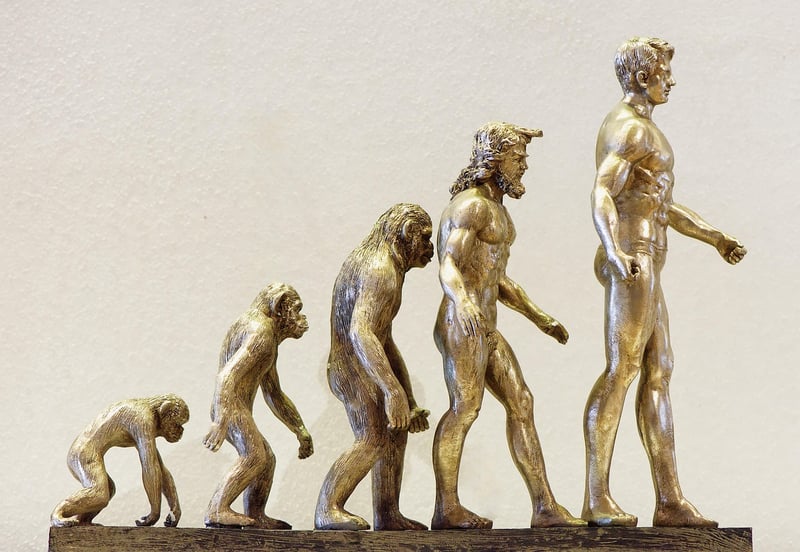Technology Evolution
Mechanisms for Time Travel and Technology Evolution

Time travel has been a fascinating concept in science fiction for decades, often portrayed as a means to explore the past, future, or alternate timelines. While it remains speculative in reality, various theories and mechanisms have been proposed to explain how time travel could potentially work.
1. Wormholes
One of the most popular theories for time travel involves the concept of wormholes. Wormholes are hypothetical tunnels that connect two separate points in spacetime, potentially allowing for shortcuts through space and time. By manipulating the entrance and exit of a wormhole, it may be possible to travel to different points in time.
2. Time Dilation
According to Einstein's theory of relativity, time is not constant and can be affected by gravity and speed. Time dilation occurs when an object moves at speeds approaching the speed of light or in the presence of strong gravitational fields, causing time to pass differently for the moving object compared to a stationary observer. This effect could theoretically be used for time travel to the future.
3. Quantum Entanglement
Quantum entanglement is a phenomenon where two particles become connected in such a way that the state of one particle instantly influences the state of the other, regardless of the distance between them. Some theories suggest that exploiting quantum entanglement could lead to communication across time, potentially enabling forms of time travel.
Technology Evolution and Time Travel
As technology continues to advance, the possibility of achieving time travel, even theoretically, becomes increasingly intriguing. The evolution of technologies like quantum computing, advanced propulsion systems, and breakthroughs in physics could pave the way for a deeper understanding of the mechanisms behind time manipulation.
Quantum Computing
Quantum computers have the potential to solve complex problems at speeds unimaginable with classical computers. The ability to process vast amounts of data and simulate intricate scenarios could aid in modeling the behavior of spacetime and exploring the feasibility of time travel.
Advanced Propulsion Systems
Advancements in propulsion systems, such as ion drives and antimatter engines, could enable spacecraft to travel at unprecedented speeds. By approaching the speed of light, these technologies could unlock the potential for relativistic effects like time dilation, bringing us closer to the realm of time travel.
Breakthroughs in Physics
Ongoing research in fundamental physics, including the search for a unified theory of quantum gravity, could provide new insights into the nature of spacetime and the fundamental laws governing the universe. These discoveries may offer clues on how to manipulate spacetime for potential time travel applications.
In conclusion, while time travel remains a speculative concept, exploring the mechanisms proposed by science and the evolving landscape of technology sheds light on the possibilities that lie ahead. Whether through wormholes, time dilation, quantum entanglement, or future technological innovations, the quest to unravel the mysteries of time continues to captivate our imagination.
Image Source: Pixabay
